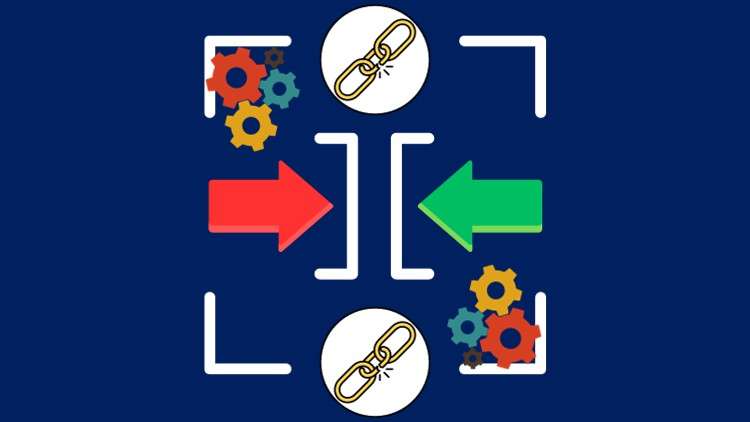
Step by step guide on how to identify, tackle and reduce constraints affecting your processes or operational performance
What you will learn
How to deploy end to end Theory of Constraints projects
How to effectively deploy Theory of Constraints in your organization
How to deploy Theory of Constraints principles and tools within your organization
How to deploy the 5 focusing steps to really ensure the success of your constraint work
How to identify, reduce and remove problems / issues / constraints from your processes
How to deploy the thinking processes tools to map and define throughout your projects
The types of constraint you may see and how to address these
How Theory of Constraints link in with continuous improvement and need to be deployed as such
The process that sits around the deployment of Theory of Constraints
How to map out the problems to ensure you can improve them again and again until they are no longer a constraint
Description
In this course, you will learn how to deliver the highly effect and in demand methodology that is Theory of Constraints. This is an approach to quality and improvement that is rooted in the idea that if there is something constraining your process, it can be removed by constantly and consistently working on the constraint until it is no more. It is an approach which focuses on improving processes and operational performance for the benefit of the wider organization, your products and services and your customers and clients. To learn how to deliver Theory of Constraints, we will cover off:
– The fundamentals, looking at ToC as an approach, continuous improvement and quality.
– The key steps you need to deliver when running a ToC project, how to deliver them and why (these are known as the 5 focusing steps).
– The key tools available to you to understand your current situation and move it safely to a better future state (these are known as the thinking processes).
– A scenario based on a real life example, running through all of the key activities taught to show you how you can practically deploy this methodology.
By the end of this course, you will have the knowledge and the confidence needed to deliver Theory of Constraints successfully, delivering effective and lasting results that will improve processes, experience and outputs for many years to come.
Content